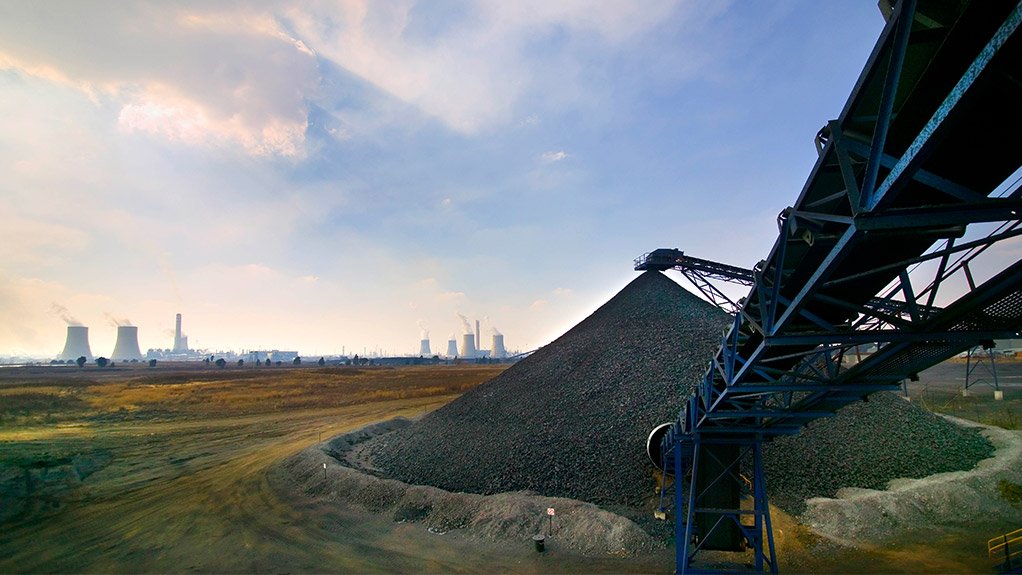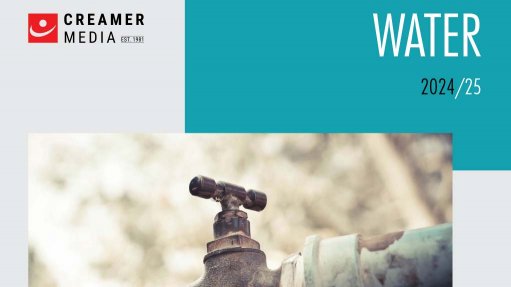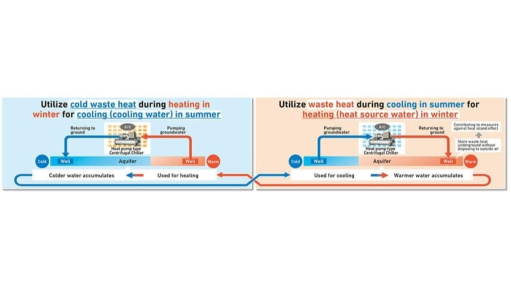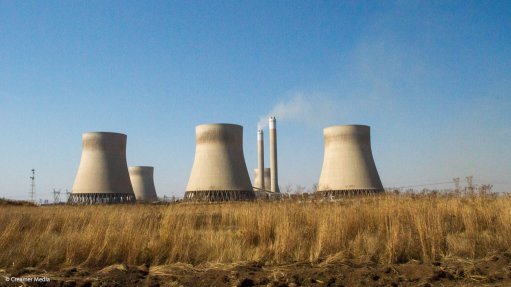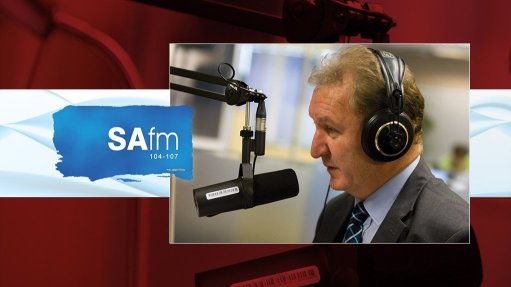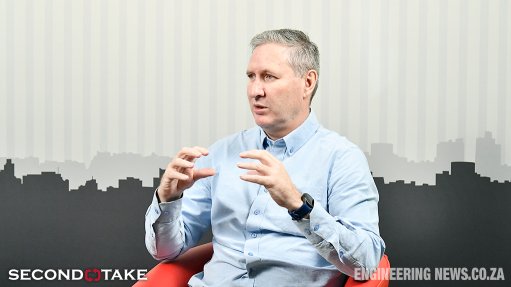Sasol aims to have new destoning unit operational by early 2026 as it moves to improve coal quality
JSE-listed energy group Sasol has confirmed that its planned new destoning unit, which has the potential to improve the quality of coal at its mines, will be on line towards the end of 2025 or early 2026.
The capital required for this project will be confirmed at the finalinvestment decision, with environmental permit approval expected in the second half of next year.
Speaking at an investor site visit in Secunda on September 21, Sasol mining senior VP Hermann Wenhold said that the feasibility study for the destoning unit had been completed in August.
He said that numerous coal quality improvement initiatives were under way, with short-term objectives being continuous miner operating training to improve quality awareness, contamination measurement, and to reduce roof and floor cutting. In addition, short-term measures for coal quality improvement included mechanical roof control methods, which would include inclinometer installation and technology testing.
These operational improvements would then be followed up with an enhancement of quality and blend management practices, which will include evaluating new online coal quality analysers to reduce sample analysis lead times.
In addition, the company is gearing towards quality forecasting functionality through an integrated quality management centre pilot to support short-term quality management in the medium term.
Wenhold said that Sasol was aiming to improve the quality of its coal purchases by finalising fixed-term agreements. The aim is to secure better-quality coal for the 2024 to 2026 financial years.
Wenhold said that these sources were being tested to ensure the required caking propensity and requirements were met. He explained that various long-term coal supply sources were still being considered, and that a current shortfall in synthetic oil coal demand was exacerbated by the end of the Isibonelo supply, which would occur in 2025.
A supply gap of three-million to four-million tonnes a year up to the 2025 financial year was planned to be closed by additional external purchases, with contracts already in place, along with short-term contracts for the 2026 financial year.
Wenhold said these short-term contracts were still in progress. Various alternatives were also being evaluated to close the gap from the 2026 to 2030 financial years. These alternatives included the establishment of the Alexander colliery, which would provide about four-million to five-million tonnes a year, while four-million to five-million tonnes a year might alternatively be purchased from external sources.
Another option was that the current purchasing programme could also be continued, or the company would consider the rerouting of export coal from Thubelisha colliery to the company's synthetic oil operations. Wenhold said that a decision on the most viable option would be taken during the third quarter of the 2024 financial year.
He added that the selection would consider the various conveyor road and rail logistical constraints and that a comparison to the base coal supply scenario would be carried out to determine the most economic coal supply options to synthetic oil.
As for the 2023 financial year delivery, Wenhold said the aim was to maintain momentum into the next financial year. Part of this would be ensuring that the coal stockpile from the current financial year was maintained at target levels, with a 5% improved productivity in Secunda collieries planned for the second half of 2023.
Additional stonework sections and resources would also be carried out to improve flexibility with the introduction of walk-on walk-off sections to improve cutting time.
Walk-on walk-off sections are created by using additional equipment in an existing section to cut coal and install roof bolts while the existing set of equipment and the next area are prepared for cutting. Wenhold said that walk-on walk-off sections reduced the waiting time for machine preparation and roof support, thereby increasing cutting minutes.
Cutting minutes are actual minutes that the rotating head of the continuous miner is physically cutting coal in the coal face. He said that expected productivity improvement of the walk-on walk-off sections would amount to about 30%, with the potential to implement about five sections without requiring additional equipment.
For 2024, Wenhold said that the improved productivity of Secunda collieries to between 975 t/cm/s and 1 100 t/cm/s was supported by ongoing full potential rollout. Moreover, stockpiles would be maintained at above 1.5-million tonnes, thereby ensuring effective coal blending. He said that the outlook was that production per tonne would remain flat through increased production at between R530/t and R580/t, thanks to focused cost management methods being implemented.
Overall, Herman said that mining the Secunda reserve base since 1970 had eventually led to progressively poorer quality and more geologically complex reserve areas. These reserve areas towards the boundary have higher inherent ash and sinks with greater variability in quality.
Wenhold said that increased geological structures would require more stonework, which would incorporate mainly drill and blast operations, resulting in a higher cost and lower productivity. He said that sustained productivity improvement at Secunda collieries was the key to the future, with productivity reductions experienced since Fulco was implemented 24 months ago.
However, he said that the aim was to target more than 1 200 t/cm/s at Secunda collieries to ensure sustainable productivity by the 2024/25 financial years.
Comments
Press Office
Announcements
What's On
Subscribe to improve your user experience...
Option 1 (equivalent of R125 a month):
Receive a weekly copy of Creamer Media's Engineering News & Mining Weekly magazine
(print copy for those in South Africa and e-magazine for those outside of South Africa)
Receive daily email newsletters
Access to full search results
Access archive of magazine back copies
Access to Projects in Progress
Access to ONE Research Report of your choice in PDF format
Option 2 (equivalent of R375 a month):
All benefits from Option 1
PLUS
Access to Creamer Media's Research Channel Africa for ALL Research Reports, in PDF format, on various industrial and mining sectors
including Electricity; Water; Energy Transition; Hydrogen; Roads, Rail and Ports; Coal; Gold; Platinum; Battery Metals; etc.
Already a subscriber?
Forgotten your password?
Receive weekly copy of Creamer Media's Engineering News & Mining Weekly magazine (print copy for those in South Africa and e-magazine for those outside of South Africa)
➕
Recieve daily email newsletters
➕
Access to full search results
➕
Access archive of magazine back copies
➕
Access to Projects in Progress
➕
Access to ONE Research Report of your choice in PDF format
RESEARCH CHANNEL AFRICA
R4500 (equivalent of R375 a month)
SUBSCRIBEAll benefits from Option 1
➕
Access to Creamer Media's Research Channel Africa for ALL Research Reports on various industrial and mining sectors, in PDF format, including on:
Electricity
➕
Water
➕
Energy Transition
➕
Hydrogen
➕
Roads, Rail and Ports
➕
Coal
➕
Gold
➕
Platinum
➕
Battery Metals
➕
etc.
Receive all benefits from Option 1 or Option 2 delivered to numerous people at your company
➕
Multiple User names and Passwords for simultaneous log-ins
➕
Intranet integration access to all in your organisation



